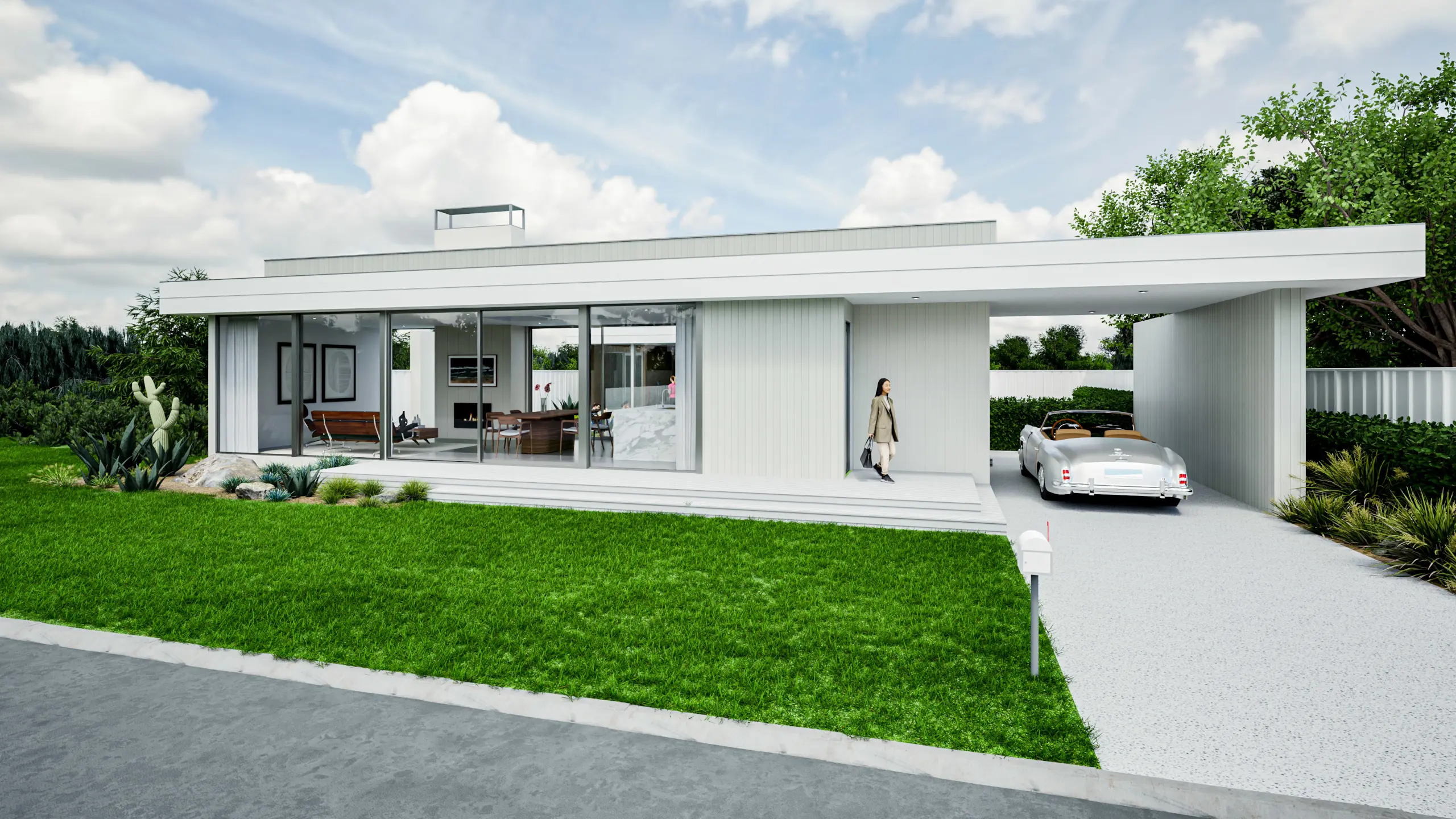When embarking on the journey to build a new home in Western Australia, one of the first decisions you’ll need to make is how you want that home constructed. Traditional building methods have long been the standard, but modular construction is quickly becoming a preferred alternative for its speed, quality, and sustainability. Understanding the differences between these two approaches can help you choose the best fit for your lifestyle, budget, and timeline.

Traditional construction involves building a home from the ground up on its final site. This process can be rewarding, but it often comes with unpredictable delays, weather-related setbacks, and escalating costs. Labour shortages and material price fluctuations can throw off schedules and budgets, especially in more remote areas of WA. Site disruptions are also common, which can affect not just your timeline but the surrounding environment.
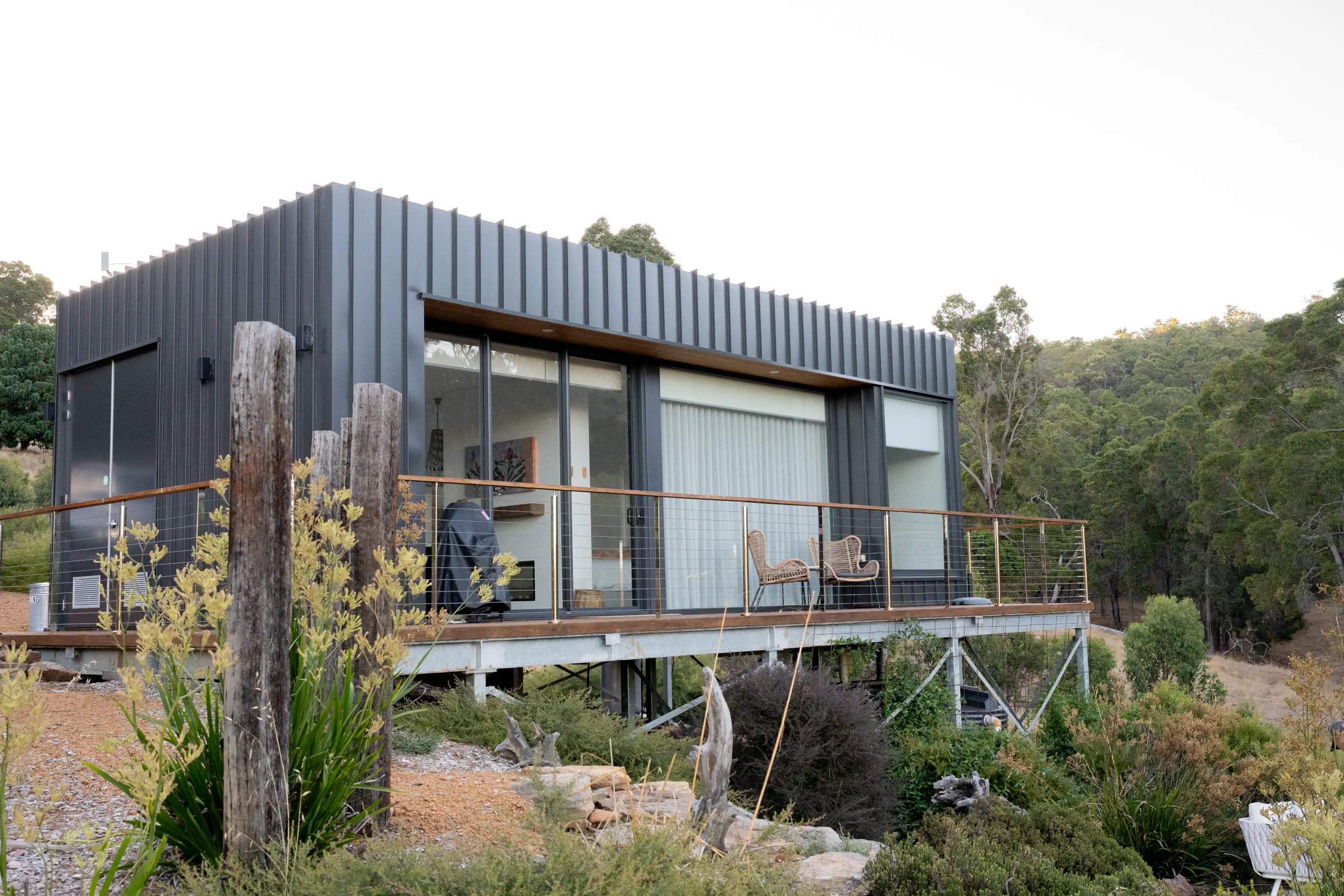
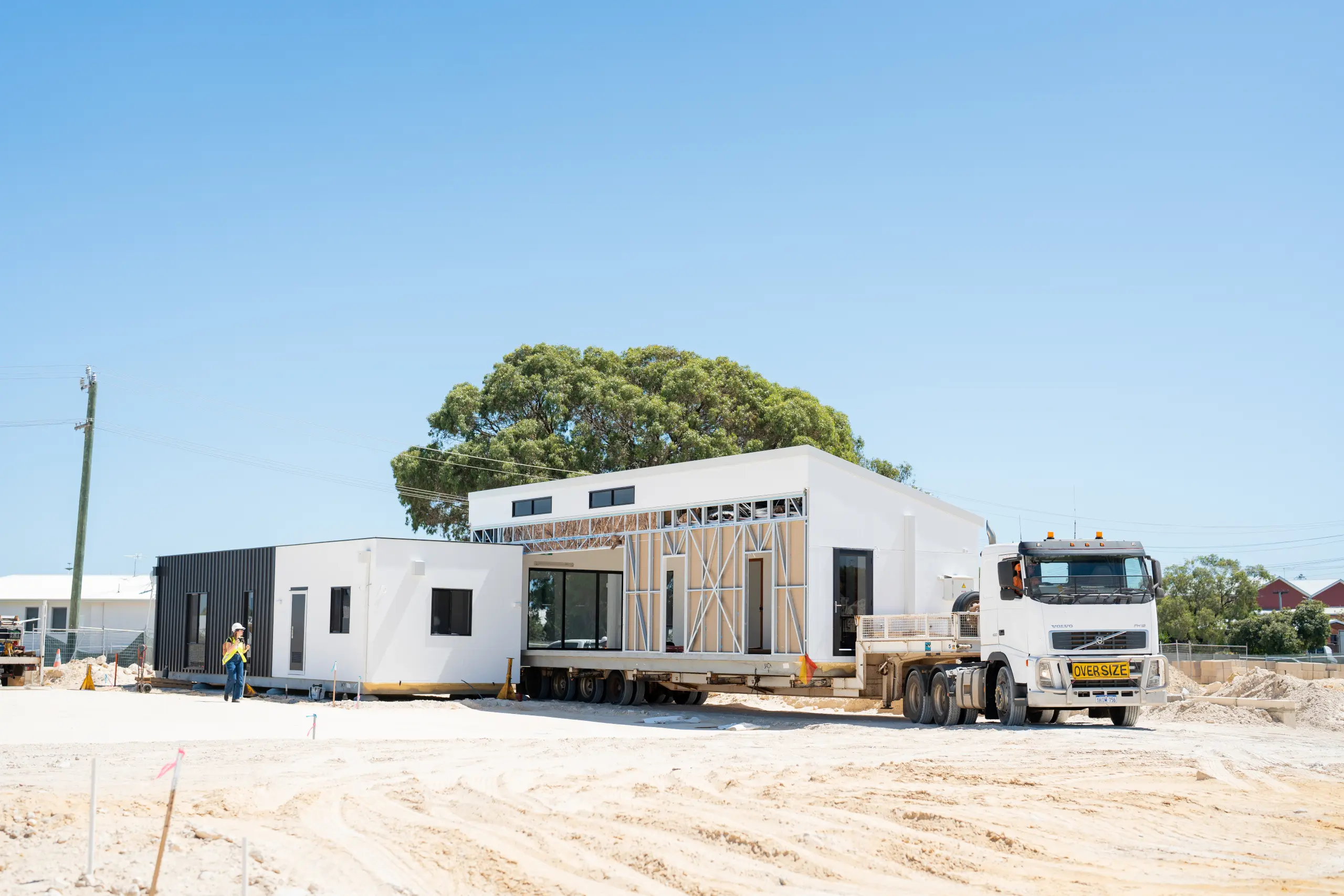
Modular construction, on the other hand, offers a streamlined, controlled alternative. At MIRA Residential, we build homes in sections, called modules, in a factory setting. These modules are then transported to your site and assembled with precision. Because 80-90% of the construction happens off-site, we’re able to adhere to strict timelines, maintain quality control, and significantly reduce build waste.
One of the standout benefits of modular homes is speed. While traditional builds can take anywhere from 12 to 24 months, a MIRA modular home can be completed and installed in a matter of weeks once approvals are finalised. This is especially important in regional or bushfire-prone areas where weather and site access can complicate timelines.
Another key difference is cost transparency. Modular homes typically involve fixed pricing, with fewer hidden surprises. Our clients know exactly what they’re paying for and when they can expect their home to be delivered. Traditional builds, with their longer durations and variable site conditions, often encounter cost blowouts that can be stressful and hard to manage.
Design flexibility is another major advantage of modular. There’s a misconception that prefab means cookie-cutter, but that couldn’t be further from the truth. At MIRA, we offer a wide range of layouts, façade options, finishes, and sustainable features. Our homes are as customisable and unique as your lifestyle demands.
From an environmental perspective, modular wins again. Building off-site reduces site impact, construction waste, and noise. Because components are precision-built in a factory, there’s less chance for material errors or structural issues. This also leads to greater build quality and durability, important in WA’s sometimes harsh climate.
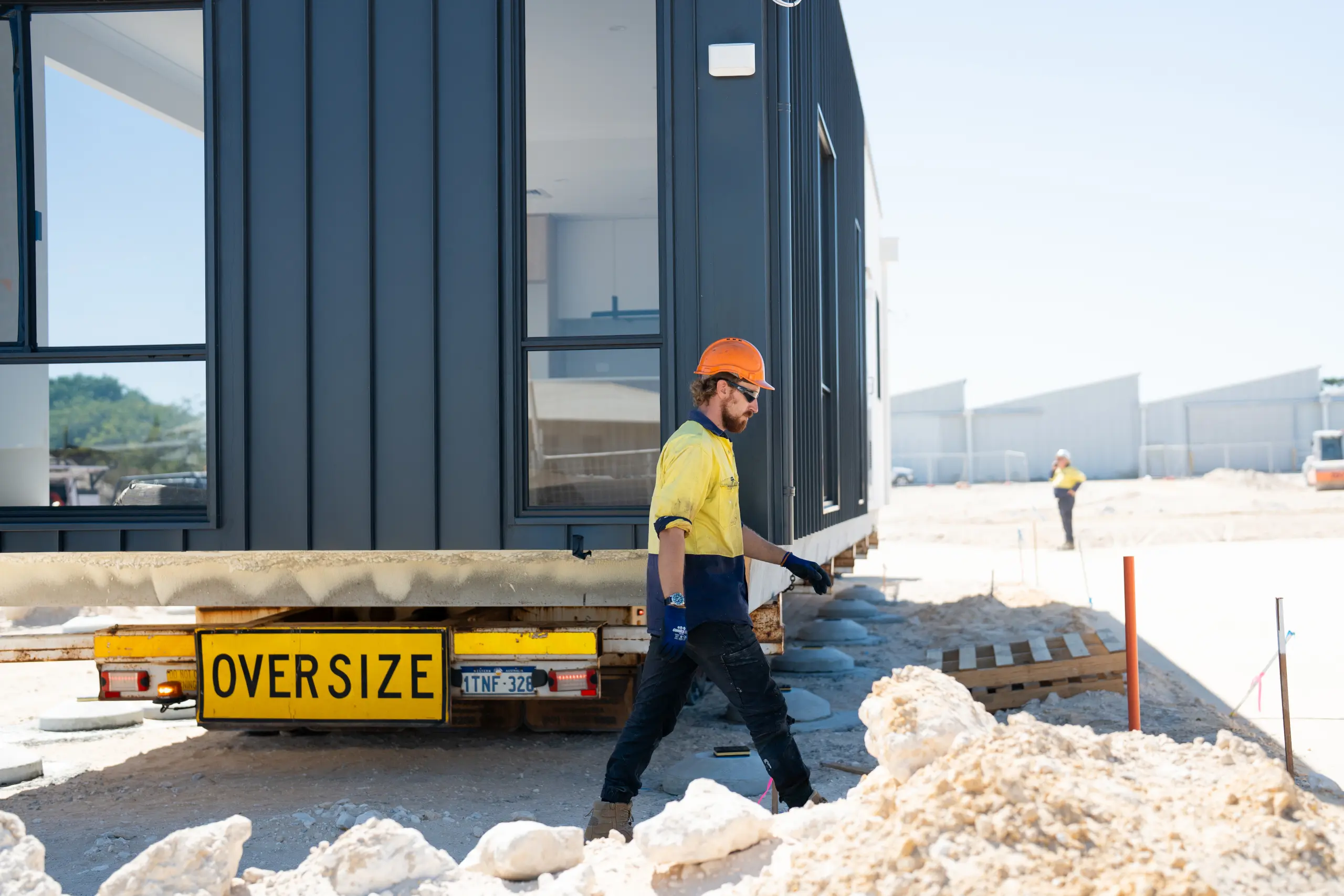
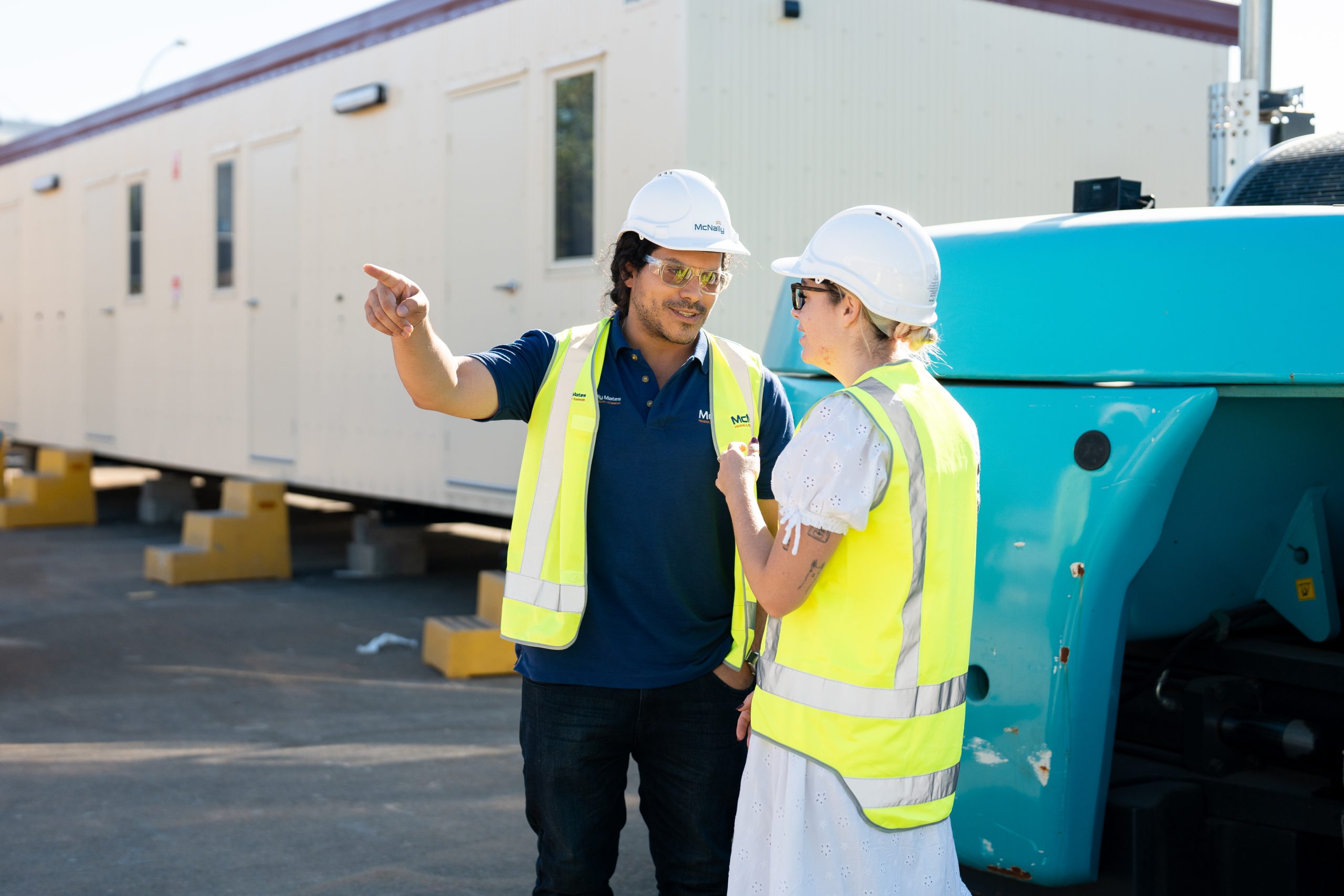
In summary, while traditional building may still be suitable for some custom or heritage projects, modular construction presents a future-focused alternative that aligns with the evolving needs of modern homeowners in Western Australia. At MIRA, we’re proud to offer modular homes that are efficient, stylish, and made to last.
